Universal Design for Learning (UDL) and the missing 65%: making accommodations accessible to all
65% of disabled students do not receive the accommodations they would benefit from. To overcome these barriers, and ensure learning is accessible for all, educators should adopt the principles of Universal Design for Learning (UDL).
 3 min read
3 min read
 Published: 21 Feb 2024
Published: 21 Feb 2024
 Jacob Goodwin
Jacob Goodwin
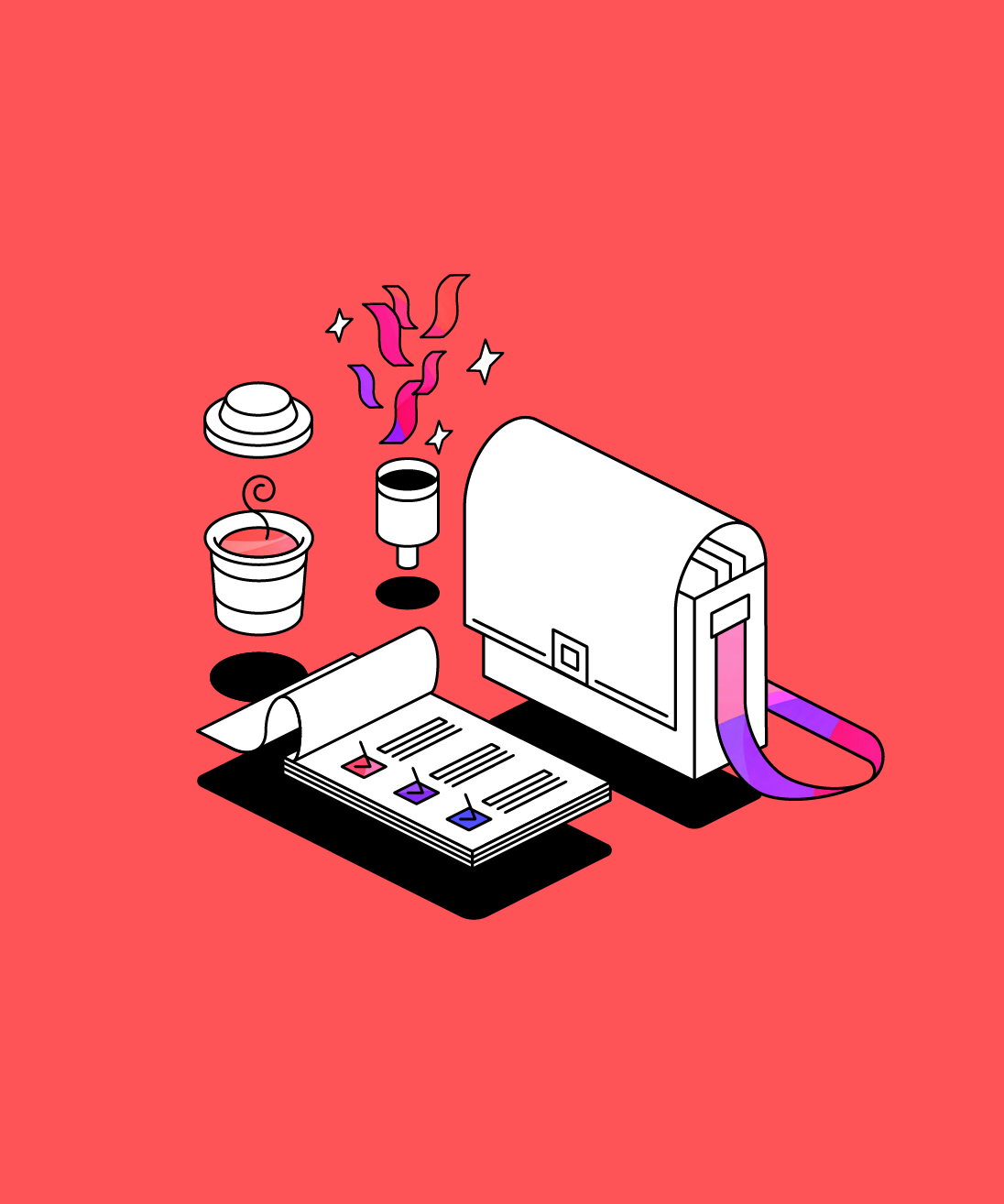
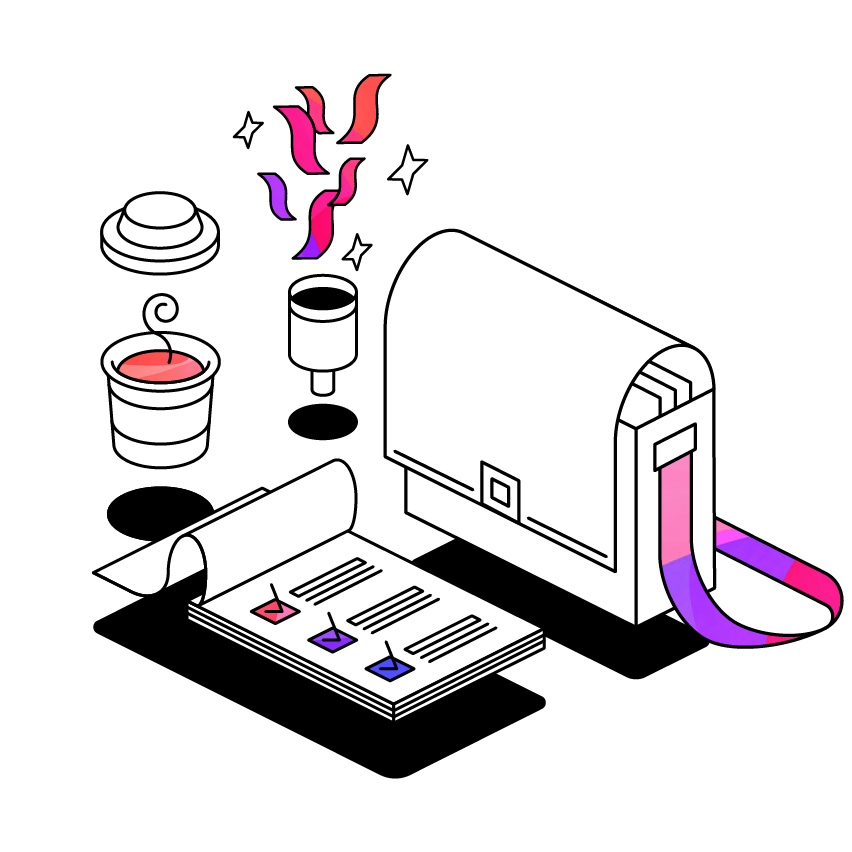
Experiencing the process of learning first hand is a near universal experience. Unfortunately for many, the learning environment often leans more towards exclusion than inclusion.
Learners are faced with countless potential barriers throughout their education: from text-heavy books using complex language, to final assessments that prioritise fast information recall over comprehension.
Rarely is this reality felt more keenly than by those with a disability. And, more specifically, by disabled students in college.
Recent studies indicate that there is a clear gap in the provision of ongoing learning support, particularly for students moving from high school into higher education. On average, a student will lose six accommodations during this transition, whilst students with invisible disabilities are even more susceptible to accommodation loss than peers with visible disabilities.
Most concerningly, this loss of support has a direct, negative impact on academic performance. Research shows a clear correlation between a loss of accommodations and both a lower GPA and an increased likelihood to fail a course in their first year.
Therefore, the question is, how can higher education institutions flip the script and ensure education is truly accessible for all?
The problem with higher education and accessibility
According to the National Center for Education Statistics, among those who responded that they did have a disability while attending college, only one-third of students actually informed their college.
That means there is a missing 65% of disabled students who do not receive the accommodations that they would benefit from.
There are several reasons cited for this drop off including a lack of belief that the college disability office has useful resources to offer, waiting times to receive support and an expectation that by disclosing their disability, they would be treated differently by faculty.
A 2020 report also explored the manner of accessing accommodations as a contributing factor, with self declaration being a new reality compared to the mandated support disabled students received in high school.
Whatever the motivation, be it rooted in student anxiety around disability stigma, or a lack of adequate provision from the institution, the status quo is clearly unsustainable for supporting those students who require additional accommodations to succeed.
Making support the norm
So what’s the solution?
In her thesis on inclusive education, Dr Shelley Moore employs a bowling analogy to explain the current reality of education provision compared to what a more appropriate, alternative approach could be.
The crux of the argument being that education often aims for the middle of the pins (the class), hitting the majority but leaving the two on the edges unaccounted for. That means teachers and professors then have to choose one pin (student) for the second pass, totally neglecting the remaining pin (student).
By contrast, adopting an approach that considers all of the pins in the lane (students in the class), by primarily targeting those that are hardest to hit, would give educators a better chance of reaching them all. In short, the adjustments that account for those most in need simultaneously improve the chance of connecting with all those we are trying to reach.
That is Universal Design for Learning (UDL). Accommodating for those in need, with a knock on positive effect across the entire student cohort.
What is Universal Design for Learning (UDL)?
Developed by CAST, Universal Design for Learning (UDL) emphasises creating flexible and accessible learning environments from the very beginning. This is achieved by recognising the diverse ways in which learners engage with information, express themselves, and demonstrate their understanding.
It is rooted in three core principles:
- Engagement: sparking interest, motivation, and perseverance in all learners.
- Representation: presenting information in multiple formats to reach all learners.
- Action & expression: providing diverse ways for learners to demonstrate their knowledge and skills.
In short, Universal Design for Learning (UDL) facilitates deeper engagement, enhanced learning, and individual expression.
What are the benefits of Universal Design for Learning (UDL)?
Perhaps most compelling of all, the benefits of Universal Design for Learning (UDL) extend beyond only supporting those individuals with disabilities. Students, disability offices and faculty alike can reap the rewards of this alternative approach to learning.
When integrated with the latest technology, Universal Design for Learning (UDL) can inspire:
- Enhanced engagement & motivation: diverse learning experiences, cater to different learner variability, leading to increased engagement and a love for learning in all students.
- Improved academic outcomes: by removing barriers and providing multiple pathways to understanding, UDL can significantly improve academic performance for all learners.
- Critical thinking & problem-solving: engaging with information in various formats and expressing knowledge through diverse means fosters critical thinking and problem-solving skills.
- Confidence & independence: when students feel empowered to learn on their own terms, their confidence and sense of independence blossom, leading to a more positive learning experience.
- Accessibility for all: by planning provision for those most in need of support, disability services offices, and the wider institution itself, can provide frameworks through which all students can access enhanced learning experiences.
Providing educators with opportunities to learn about Universal Design for Learning (UDL) is crucial for successful integration and fostering a culture of acceptance and collaboration.
This means celebrating individual differences, valuing diverse perspectives, and ensuring that every learner feels seen, heard, and supported.
In their 2022 paper, Weis and Bittner directly advocate for this approach, sharing how colleges should adopt principles of Universal Design for Learning (UDL) as it emphasizes fair, adaptable, and accessible instruction.
By adopting this approach, students that actively come forward are accounted for. The missing 65% are accounted for. The student population at large is accounted for.
Higher education need not be exclusive - embracing Universal Design for Learning (UDL) can help make it accessible for all.
More from Supporting Students
View All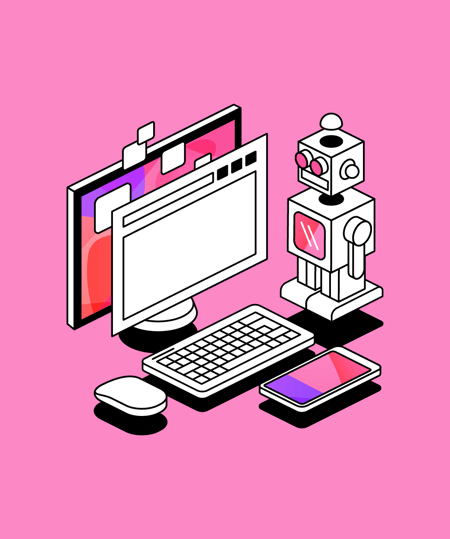
 5 min read
5 min read
Understanding and supporting students with barriers in higher education
Take a deeper look into students with barriers to learner. Here, we discuss who they are, what challenges they face and what institutions can do to support them.
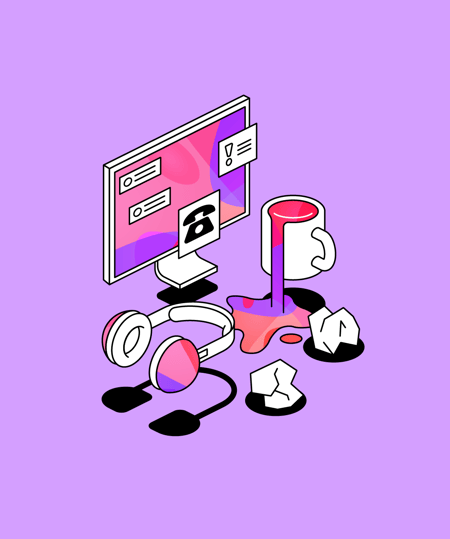
 3 min read
3 min read
Understanding and supporting time poor students in higher education
Here, we take a deeper dive into who the time poor learners are, and their unique challenges. Explore strategies to support students juggling multiple roles and responsibilities, to create a more inclusive and flexible learning environment.
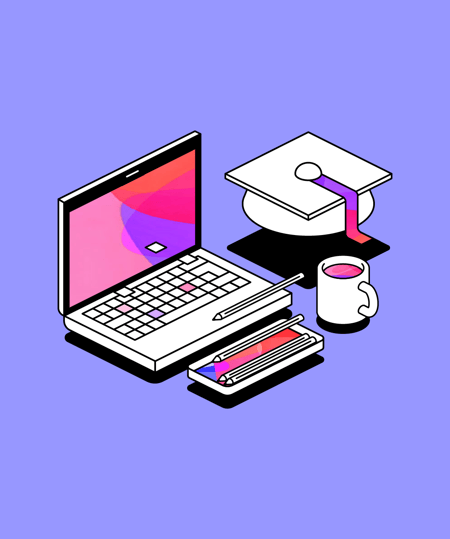
 3 min read
3 min read
Navigating the AI landscape in education: Helping or hindering student success
AI has transformed what it means to teach and to learn. It is crucial now for higher education leaders to determine how they deploy AI to help, rather than hinder, student success.





